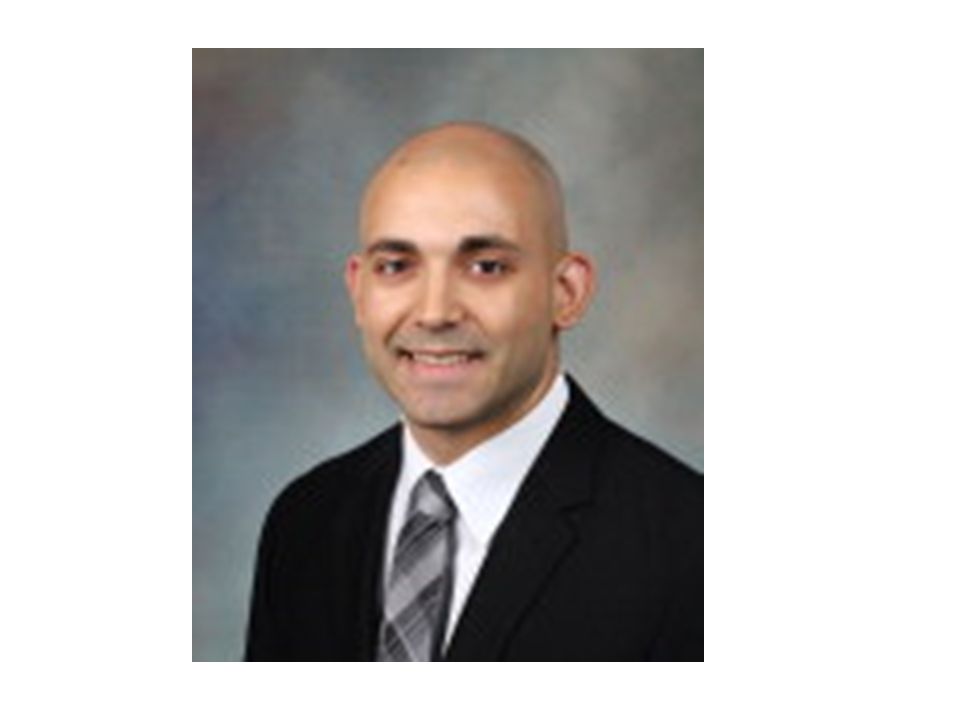Back
Poster, Podium & Video Sessions
MP03: Bladder Cancer: Invasive I
MP03-17: Patient, Physician, Hospital Factors Associated With Readmission After Radical Cystectomy
Friday, May 13, 2022
7:00 AM – 8:15 AM
Location: Room 222
Kassem Faraj*, Lanyu Mi, Mark Tyson, Phoenix, AZ

Kassem Faraj, MD
University of Michigan
Poster Presenter(s)
Introduction: Radical Cystectomy (RC) is associated with significant morbidity and a result, high complication rates. Patient, or clinical factors, are the most commonly identified variables associated with hospital readmission. Other factors that may be important include hospital and physician characteristics, which have been suggested as contributing factors for readmission in other major surgeries. This study investigates the contribution of patient, physician and hospital factors on hospital readmission after RC.
Methods: This was a retrospective review of the Surveillance Epidemiology and End Results (SEER)-Medicare database focusing on bladder cancer patients who underwent RC between 2007-2016. These claims were identified using ICD-9/ICD-10 or HCPCS codes from MEDPAR or NCH claims, from which the annual hospital and physician volumes were calculated and classified as low, medium and high. Univariate and multivariable analyses were done for 90-day readmission as the outcome using a multilevel model to explore the association between readmission and characteristics of patient, hospital, and physician. Models with random intercepts were constructed to consider the variation from hospital and physician. The intraclass correlation coefficient (ICC) for hospital, physician and patient levels were also calculated.
Results: In 3530 patients, 1291 (36.6%) were readmitted within 90 days of the index surgery. On univariate analysis, continent urinary diversion (OR 1.533), greater NCI comorbidity score (OR 1.460 for NCI 2-4 vs <2; OR 1.754 for NCI >4 vs <2), robotic approach (OR 1.210), AJCC stage (stage III vs stage I, OR 0.777), hospital length of stay (OR 1.037), Northeast vs Western hospital location (OR 4.19), and any postoperative complication (OR 6.790) were significantly (p < 0.05) associated with 90-day hospital readmission. On multilevel multivariable analysis, factors significantly (p < 0.05) associated with 90-day readmission included continent urinary diversion (OR 1.462), robotic approach (OR 1.299), and any postoperative complication (OR 6.865). Neither hospital volume, physician volume, hospital region, teaching hospital status, nor NCI center designation were associated with hospital readmission. The main source of variation was determined to be at the patient (92.5%), followed by the physician (5.1%), and then hospital (2.4%) levels.
Conclusions: Ninety-day hospital readmission at the time of RC is high, with around one-third of patients requiring a readmission. Patient-specific factors are the most important in impacting the odds of readmission, while hospital and physician factors contribute minimally to this outcome. Consequently, efforts to reduce readmission rates should focus on the patient level.
Source of Funding: This study was supported by Grant Number P30 CA015083 from the National Cancer Institute (NCI) from the Robert D. and Patricia E. Kern Center for Health Care Delivery Science (M.D.T.), the Christian Haub Family Career Development Award for Cancer Research Honoring Dr Richard Emslander (M.D.T.), and the Eric and Gail Blodgett Foundation (M.D.T.). Its contents are solely the responsibility of the authors and do not necessarily represent the official view of the NIH.
Methods: This was a retrospective review of the Surveillance Epidemiology and End Results (SEER)-Medicare database focusing on bladder cancer patients who underwent RC between 2007-2016. These claims were identified using ICD-9/ICD-10 or HCPCS codes from MEDPAR or NCH claims, from which the annual hospital and physician volumes were calculated and classified as low, medium and high. Univariate and multivariable analyses were done for 90-day readmission as the outcome using a multilevel model to explore the association between readmission and characteristics of patient, hospital, and physician. Models with random intercepts were constructed to consider the variation from hospital and physician. The intraclass correlation coefficient (ICC) for hospital, physician and patient levels were also calculated.
Results: In 3530 patients, 1291 (36.6%) were readmitted within 90 days of the index surgery. On univariate analysis, continent urinary diversion (OR 1.533), greater NCI comorbidity score (OR 1.460 for NCI 2-4 vs <2; OR 1.754 for NCI >4 vs <2), robotic approach (OR 1.210), AJCC stage (stage III vs stage I, OR 0.777), hospital length of stay (OR 1.037), Northeast vs Western hospital location (OR 4.19), and any postoperative complication (OR 6.790) were significantly (p < 0.05) associated with 90-day hospital readmission. On multilevel multivariable analysis, factors significantly (p < 0.05) associated with 90-day readmission included continent urinary diversion (OR 1.462), robotic approach (OR 1.299), and any postoperative complication (OR 6.865). Neither hospital volume, physician volume, hospital region, teaching hospital status, nor NCI center designation were associated with hospital readmission. The main source of variation was determined to be at the patient (92.5%), followed by the physician (5.1%), and then hospital (2.4%) levels.
Conclusions: Ninety-day hospital readmission at the time of RC is high, with around one-third of patients requiring a readmission. Patient-specific factors are the most important in impacting the odds of readmission, while hospital and physician factors contribute minimally to this outcome. Consequently, efforts to reduce readmission rates should focus on the patient level.
Source of Funding: This study was supported by Grant Number P30 CA015083 from the National Cancer Institute (NCI) from the Robert D. and Patricia E. Kern Center for Health Care Delivery Science (M.D.T.), the Christian Haub Family Career Development Award for Cancer Research Honoring Dr Richard Emslander (M.D.T.), and the Eric and Gail Blodgett Foundation (M.D.T.). Its contents are solely the responsibility of the authors and do not necessarily represent the official view of the NIH.

.jpg)
.jpg)